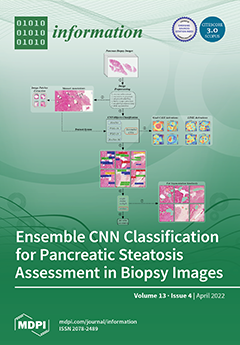In a traditional
combination network, each user connects to a unique set of
r relays. However, few research efforts have considered the
multiaccess combination network problem wherein each unique set of
[...] Read more.
In a traditional
combination network, each user connects to a unique set of
r relays. However, few research efforts have considered the
multiaccess combination network problem wherein each unique set of
r relays is connected by
u users. In this paper, we focus on designing coded caching schemes for a
multiaccess combination network. By directly applying the well-known coding method (proposed by Zewail and Yener) for a
combination network, a coded caching scheme (called ZY scheme) for
multiaccess combination network is obtained. However, its subpacketization has an exponential order with the number of users which leads to high implementation complexity. In order to reduce subpacketization, a direct construction of a coded caching scheme (called the direct scheme) for
multiaccess combination network is proposed by means of combinational design theory, where the parameter
u must be a combinatorial number. For the arbitrary parameter
u, the hybrid construction of a coded caching scheme (called the hybrid scheme) for the
multiaccess combination network is proposed based on the direct scheme. Theoretical and numerical analysis shows that the direct scheme and the hybrid scheme have a smaller transmission load for each relay compared with the naive scheme (which is obtained by repeatedly applying the coded caching scheme for a traditional
combination network by
u times) and have much lower subpacketization compared with the ZY scheme.
Full article





